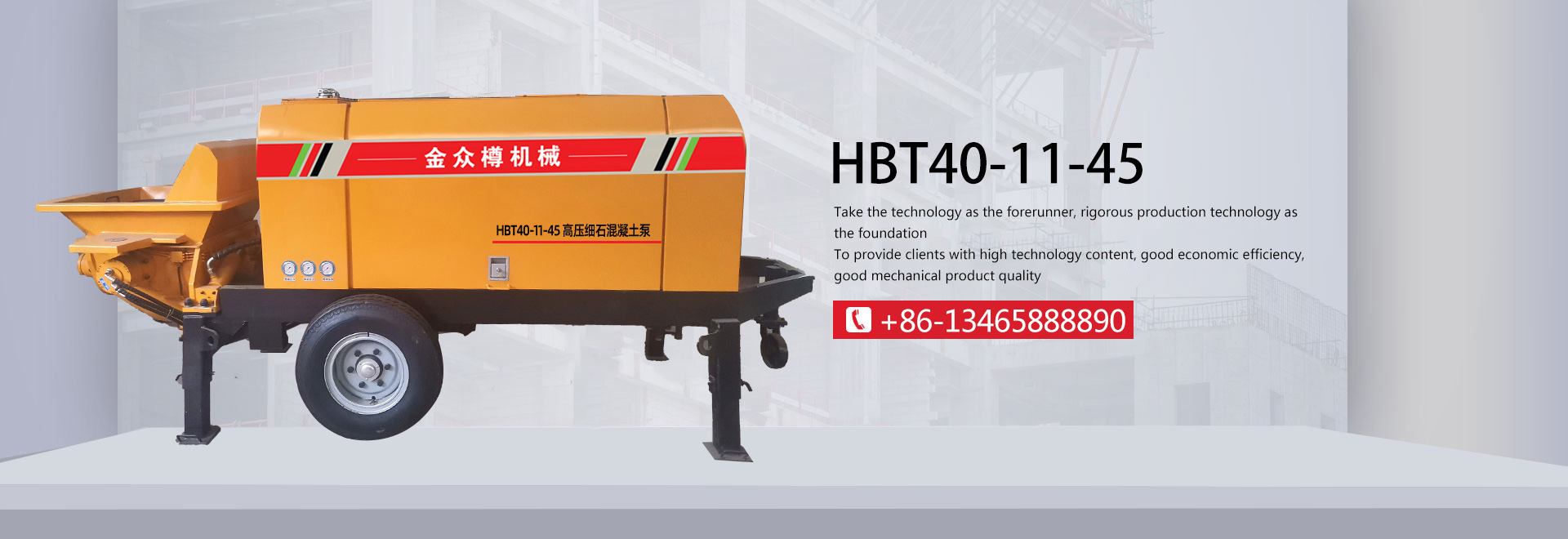In construction, it is a very confusing thing to encounter a blockage of a pump truck. Not only does it delay the construction period, but it is also cumbersome to deal with and comes with a risky situation. Now, we have collected various ways to deal with blocked pipes, which can eliminate the problem of blocking concrete pump trucks! The energy of the operator will not be harvested and the pump operator should concentrate on the pumping construction.
Time to pay attention to the reading of the suction pressure gauge. Immediately after a sudden increase in the gauge reading, you should reverse the pump 2-3 strokes, then run the pump forward and block the tube to sweep. If the reverse pump has been performed (several pump operation cycles, and the pipeline is still not removed, the pipeline should be removed and cleaned in time, otherwise the pipeline will become more severe.
Incorrect pump speed selection. When pumping, speed selection is very important. The operator can't blind the map and sometimes the speed doesn't increase. When pumping, it should be pumped at a low speed at this time due to the large resistance of the pipeline. After the pumping is normal, the pumping speed can be appropriately increased. When the slump of a blockage or some kind of concrete is small, it should be pumped at low speed to remove the blockage in germination conditions.
The amount of remaining material is not properly controlled. While pumping, the operator must check the remaining material in the hopper at all times. The remaining material should not be below the mixing shaft. If the residual material is too small, it is easy to suck in air, causing clogging. The material in the hopper should not accumulate too much and should be below the fence to facilitate timely processing of coarse and oversized aggregates. When the slump of concrete concrete is small, the residual material can be lower than the mixing shaft and operate above the "S" pipe or suction port to reduce mixing resistance, sway resistance and suction resistance.

 中文(簡體)
中文(簡體)



